I am trying to draw and define the classes in UML for the following problem.
An Information System of Metro Railway
Design the part of the conceptual scheme of the above system that will allow me to register the stations (by distinguishing between interchanges and terminals), the interconnection of the stations (ie the network topology) and the distances (in kilometers of the railway line) they divide.
Each train moves in a line by running consecutive routes, ie moving between prescribed extreme pairs of stations, which are not necessarily the same on each route (Eg Bronx - Manhattan, Brooklyn - Queens). Each route has a specific time of arrival and stay at each station. The actual arrival times at each station may differ from the programmed ones, as well as the speed of traffic between stations.
My first thought is that the main classes should be:
Metro Line, Metro Station, Metro Route, Metro Route Stop, Metro Train
And I am struggling how to represent the scheduled and real times.

